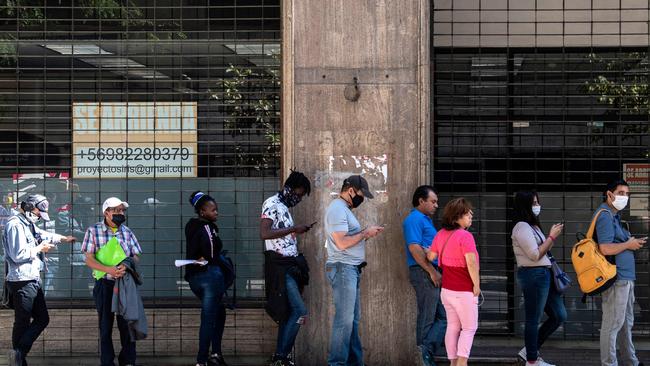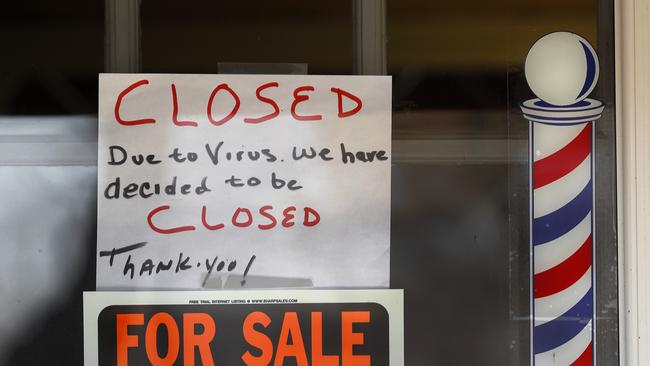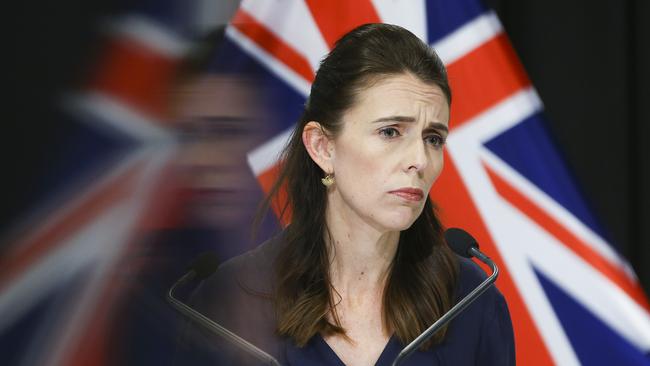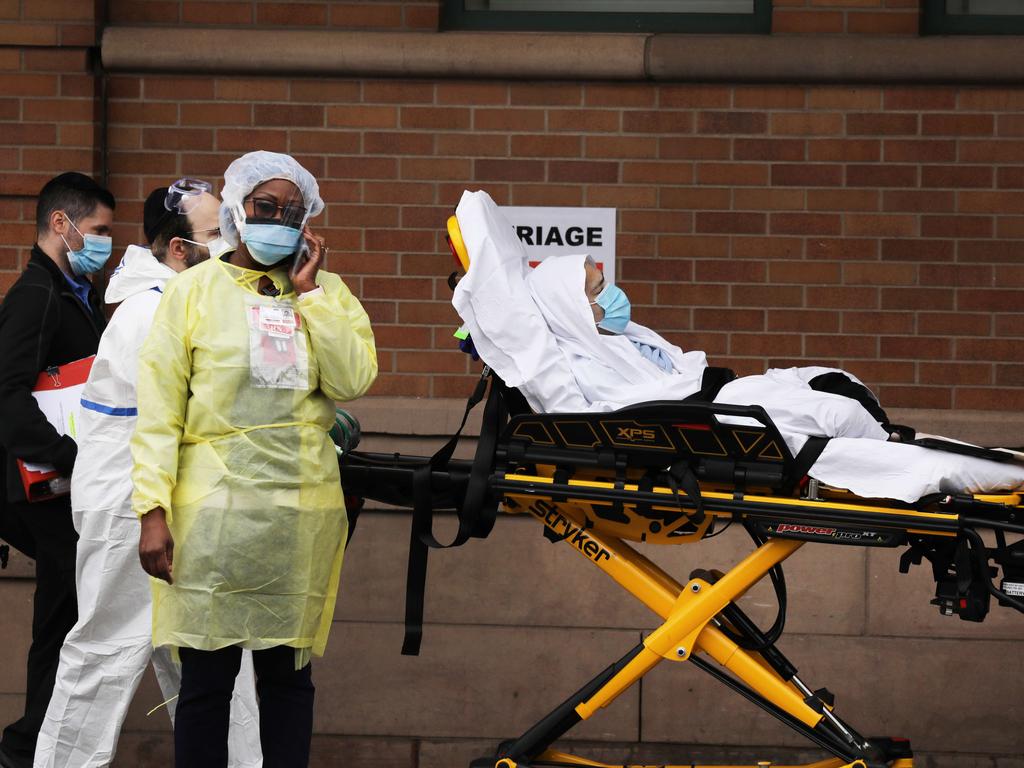
The extraordinary array of impositions and expenditures to combat the spread of COVID-19 certainly qualify, but we are yet to see any regulation impact statement. How many people, and based on what evidence, are these measures saving? What are the economic and social costs of the shutdown and the spending to counter it? With our parliaments effectively shut, we must ask such questions more than ever. So far, it’s not clear we are maximising lives saved at the least cost to the economy. There is vast disagreement among experts about the likely death toll from COVID-19, and the effectiveness of draconian impositions on businesses and households.
Exaggerations abound
Studies such as the one that convinced the British government to shut down its economy — by Imperial College London, forecasting 500,000 deaths — are contradicted by at least as many others suggesting a far lower death rate. And history is littered with epidemiology exaggeration.
In 2005 the British chief medical officer warned a deadly pandemic from Asian bird flu was “a biological inevitability”. David Nabarro, the World Health Organisation official overseeing the global response, said “up to 150 million” could die. Ultimately, 67 died. In late 1997, British officials who’d warned 14 months earlier the human variant of mad cow disease would kill 500,000 people conceded about 200 had died, as detailed in the 2013 book Scared to Death, which chronicles the damage inflicted by frequent bouts of mass hysteria.
COVID-19 is clearly much more serious, having already killed about 70,000 people, but the toll is still a long way short of predictions of over 100,000 dead here, and tens of millions globally.

New Zealand’s draconian response is held out as an exemplar but the Ardern government is crushing its economy when there’s scant evidence such a policy works. And what happens when the restrictions are lifted, as they must be?
“Suppression strategies … cannot prevent an epidemic from taking place indefinitely because there is no acquisition of herd immunity. Once control is lifted, a serious outbreak is likely to take place,” concluded four New Zealand statisticians in disease modelling released late last month.
So far New Zealand’s death toll (1) is far lower than that of Sweden (over 400), whose government has resisted locking down citizens and closing businesses. But Japan has resisted lockdown, and apparently has fewer infections than Australia.
Underlying factors
Wildly different experiences with infections and fatalities across nations relate more to the underlying age and morbidity of the population, and geography, than how many people can go jogging together.
Among the threadbare evidence in favour of total lockdowns, a March US Federal Reserve paper finds, based on how US cities handled the Spanish flu, severe restrictions on the economy “not only lower mortality; they also mitigate the adverse economic consequences of a pandemic”. Yet the restrictions imposed back then were far less draconian than proposed now: almost 80 per cent of US cities only went so far as closing schools and banning public gatherings, and the median duration of such incursions was four weeks.

Concerns about the economy are dismissed as heartless but the downsides of prolonged recession are very human. If income contracts 10 per cent as a result of government restrictions, as many economists now expect, even for three months, that’s a national income loss of around $50bn — more than the federal government spends on Medicare and the Pharmaceutical Benefit Schedules combined.
Aside from mass joblessness and destruction of businesses, more suicide, domestic violence, drug abuse, criminality and prostitution are also likely if the shutdown lasts long enough — naturally all weighing most heavily on the poorest half of society.
For now, politicians have listened mainly to medical experts, whose priorities are understandably public health. And one can’t blame them, given the hysterical atmosphere.
Rather than bluntly taking a sledgehammer to economic activity, it would be better to urgently boost the capacity of the health system, let the bulk of the population get on with their lives and take special precautions with at-risk groups.
All lives obviously matter but governments need to be realistic. Resources aren’t unlimited and trade-offs, however unedifying, are inevitable.








If there’s one government department that must have been flat-out this past fortnight, it must be the Office of Best Practice Regulation. Nestled in the Prime Minister’s department, the unit requires government produce a regulation impact statement that assesses “the economic, social and environmental costs and benefits” of policies that elicit “more than a minor impact — be it positive or negative — on individuals, businesses or community organisations”.